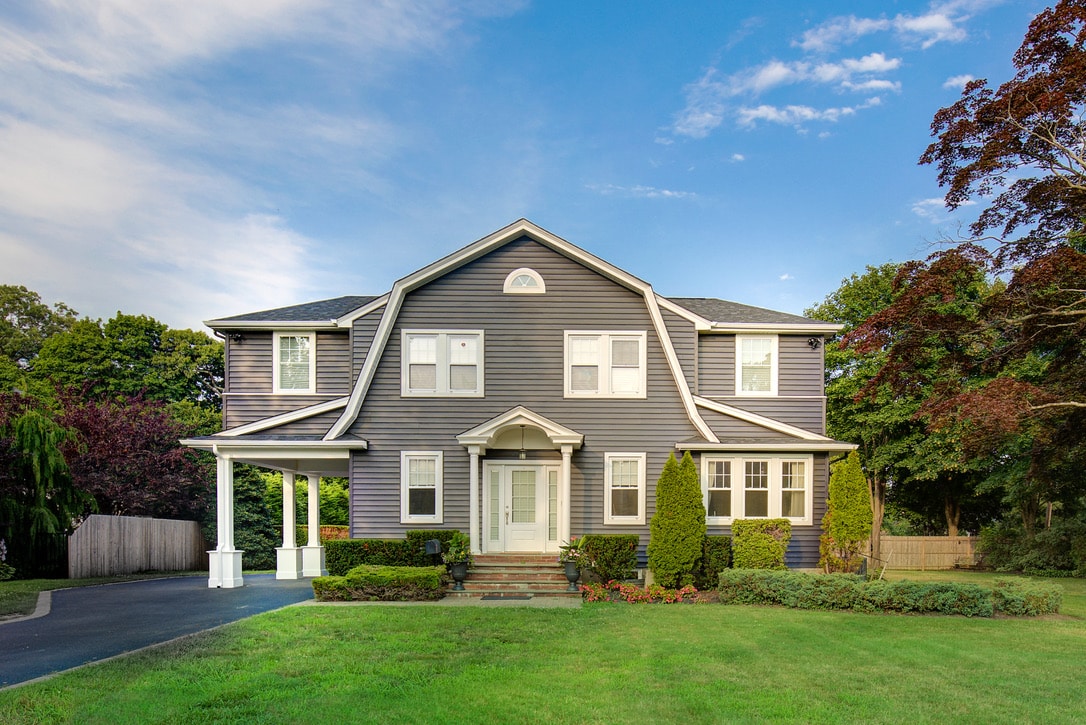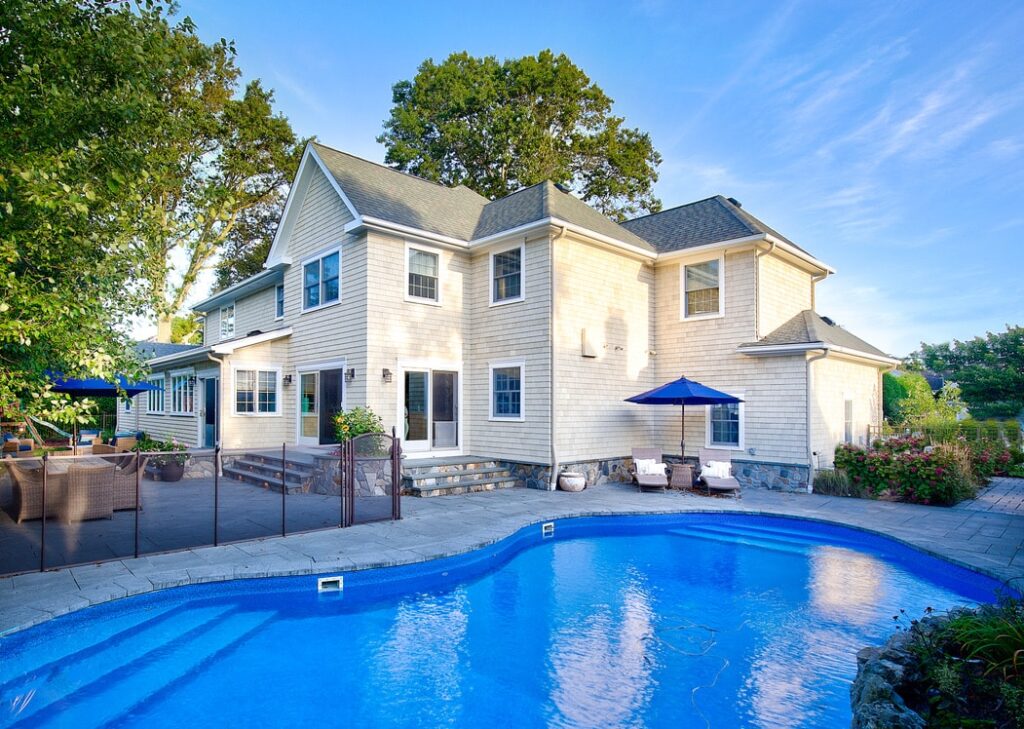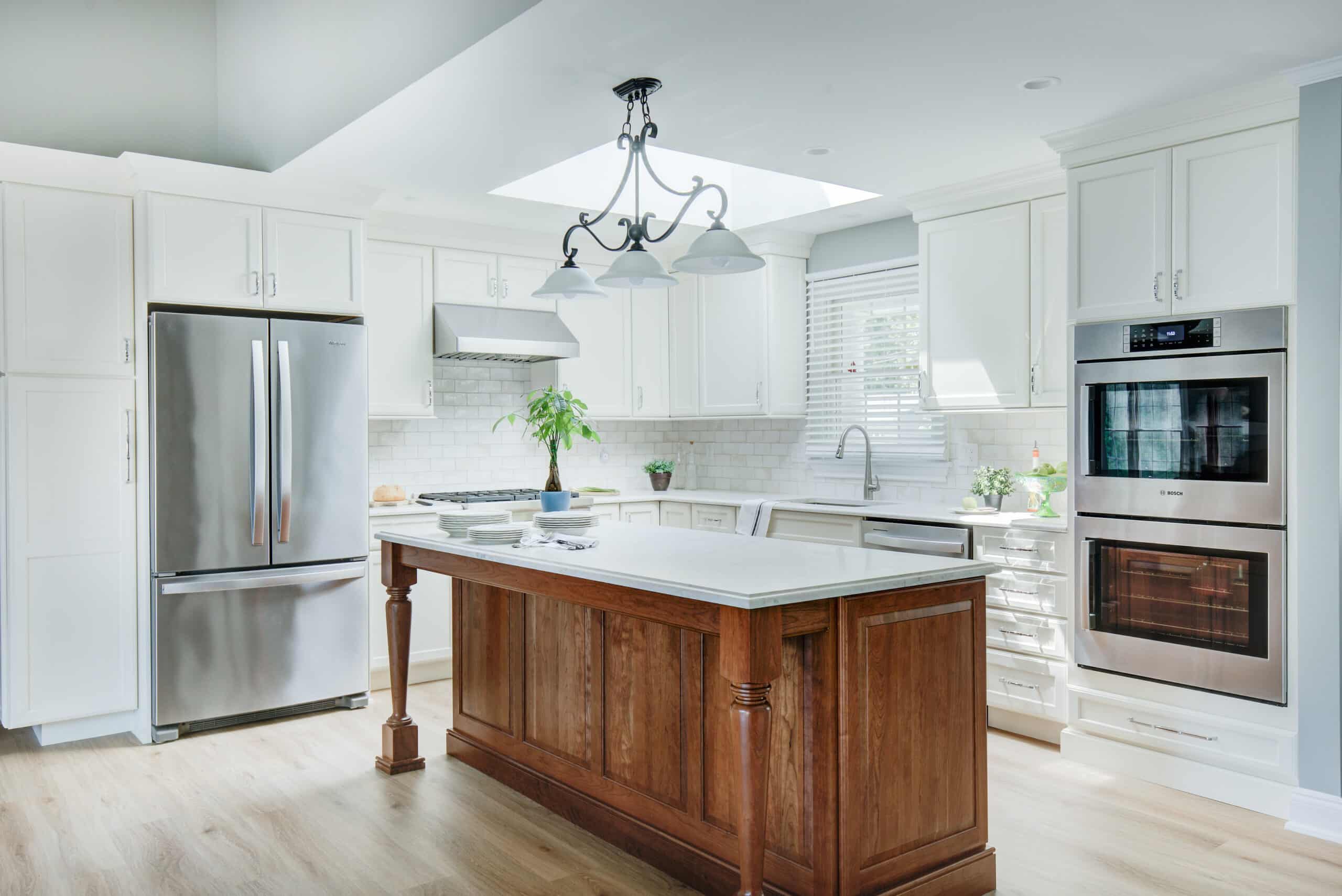As we dive into 2025, luxury home remodeling is embracing bold new directions that combine technology, sustainability, and personalized comfort. Homeowners are seeking spaces that reflect their unique lifestyles while incorporating cutting-edge innovations.
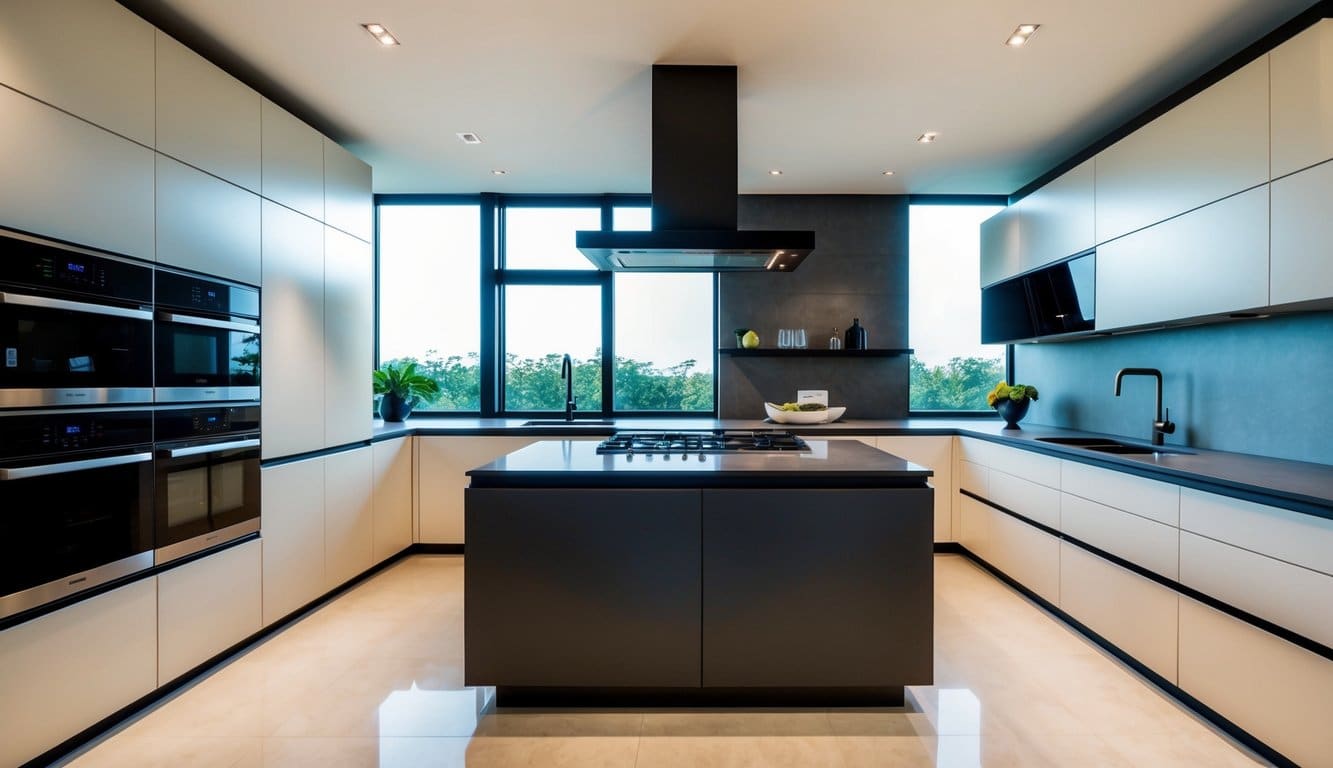
The most significant luxury home remodeling trends of 2025 include smart home integration that responds to your preferences, sustainable luxury materials that reduce environmental impact, and wellness-focused design elements that promote both physical and mental health. These trends represent a shift toward homes that not only look beautiful but actively contribute to your wellbeing.
You’ll find that high-end renovations now commonly feature customized automation systems, biophilic elements that connect you with nature, and multipurpose spaces that adapt to your changing needs. These investments not only enhance your daily living experience but also maintain long-term property value.
Emerging Luxury Home Remodeling Trends
Luxury home renovations are shifting dramatically in 2025, with homeowners prioritizing bold aesthetic choices, sustainability features, and spaces that blur the line between indoor and outdoor living. These elements combine functionality with high-end design to create truly personalized living environments.
Bold Colors and Aesthetic Choices
Deep jewel tones like emerald green and sapphire blue are replacing neutral palettes in luxury homes. These bold colors appear on statement walls, custom cabinetry, and high-end furnishings to create visual impact.
Contrasting textures are gaining popularity, with designers pairing rough stone surfaces against polished metals. You’ll notice more mixing of materials like:
- Matte black fixtures with brushed gold accents
- Textured wallpapers alongside smooth marble
- Handcrafted artisanal elements with sleek modern pieces
Customization has reached new heights with homeowners requesting one-of-a-kind architectural details. Curved walls, unique ceiling treatments, and commissioned art installations are now standard in high-end renovations.
Sustainable Living and Energy Efficiency
Luxury and energy efficiency now go hand-in-hand with high-performance systems becoming status symbols. Smart home technology monitors and optimizes energy usage throughout the property.
Solar integration has evolved beyond basic panels to include solar roof tiles and transparent solar windows that maintain aesthetic appeal. These technologies blend seamlessly into architectural designs.
Water conservation features like rainwater harvesting systems and greywater recycling have become standard in upscale renovations. You can expect these systems to connect with smart irrigation that adjusts to weather conditions.
Eco-friendly building materials are in high demand. Reclaimed wood, recycled glass countertops, and non-toxic finishes demonstrate environmental consciousness without sacrificing luxury appeal.
Seamless Indoor-Outdoor Transitions
The boundary between inside and outside continues to dissolve with indoor-outdoor living spaces reaching new levels of sophistication. Disappearing glass walls create uninterrupted flow between interior rooms and exterior landscapes.
Outdoor kitchens have evolved beyond basic grills to include wood-fired ovens, beverage stations, and climate-controlled dining areas. These spaces function as true extensions of indoor entertaining areas.
Four-season rooms with radiant floor heating and cooling systems allow you to enjoy connection with nature year-round. Smart glass technology automatically tints based on sunlight intensity.
Landscape design now integrates directly with home architecture. Your outdoor spaces can include living green walls, water features that flow from inside to outside, and outdoor rooms defined by architectural elements rather than traditional walls.
Technological Advancements in Home Design
Technology continues to reshape luxury homes with innovations that blend convenience and sophistication. Modern homeowners are embracing cutting-edge solutions that enhance both functionality and aesthetic appeal.
The Rise of Smart Home Technology
Smart home technology has moved beyond novelty to necessity in luxury home remodeling trends. You can now control your entire home environment from your smartphone or through voice commands.
Popular smart home features include:
- Integrated lighting systems that adjust based on time of day
- Climate control that learns your preferences
- Advanced security with facial recognition
- Whole-home audio systems
Smart window treatments can automatically adjust based on sunlight, helping maintain optimal temperature. These systems now work together seamlessly instead of functioning as standalone gadgets.
Energy management systems have become more sophisticated, allowing you to monitor and reduce consumption. Many newer systems incorporate AI to predict your needs before you even realize them.
Innovations in Kitchen Appliances
The kitchen continues to be a focal point for technological advancement in luxury homes. Touch-free faucets and voice-activated appliances have become standard features rather than upgrades.
Revolutionary kitchen tech includes:
- Induction cooktops with precision temperature control
- Refrigerators that track inventory and suggest recipes
- Ovens with integrated cameras and cooking guidance
- Countertop composters that reduce waste
Energy-efficient appliances now come with smart features that optimize performance while reducing utility costs. Your dishwasher can now determine the optimal cycle based on load size and soil level.
Cooking surfaces have evolved dramatically, with some cooktops projecting recipes directly onto countertops. These innovations not only make cooking easier but also enhance the visual appeal of your kitchen space.
Functionality Meets Elegance
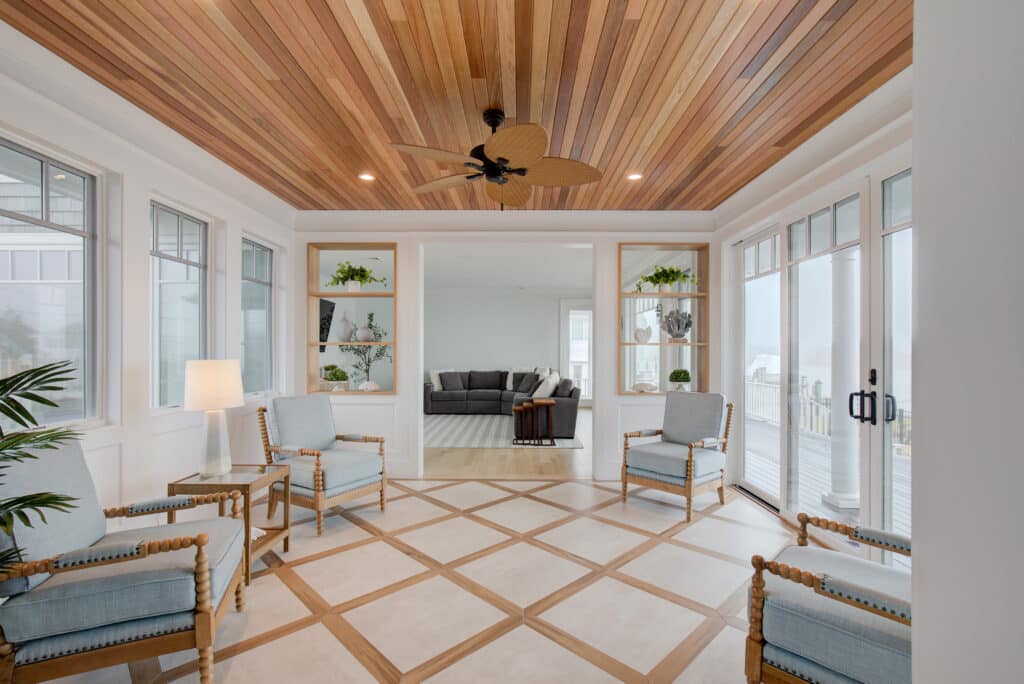
Today’s luxury homes blend practical features with sophisticated design elements. Homeowners now prioritize spaces that work efficiently while maintaining a refined aesthetic.
Multi-Functional Spaces for Modern Living
Home designs in 2025 emphasize versatility without sacrificing style. Your living areas should adapt to multiple needs throughout the day. Consider installing movable wall systems that can transform a single large room into several smaller spaces when needed.
Smart furniture has evolved significantly this year. Beds that convert to desks, ottomans with hidden storage, and dining tables that adjust to various heights are now staples in luxury home remodeling trends. These pieces feature high-end finishes that conceal their dual functionality.
Dedicated home offices have given way to flexible work zones that blend seamlessly with living spaces. Built-in cabinetry with pocket doors allows you to close off work areas when not in use. This approach maintains your home’s elegant flow while providing practicality.
The Importance of Natural Materials
Sustainable luxury defines 2025’s most sophisticated homes. Materials like reclaimed wood, natural stone, and organic textiles bring warmth and character to spaces while reflecting environmental consciousness.
Marble and limestone remain popular for countertops and flooring, but with a twist. Honed and leathered finishes have replaced high-gloss surfaces, providing more texture and visual interest.
Designers are incorporating living elements as well. Living walls featuring carefully curated plant selections purify air while serving as natural artwork. These installations often include automated watering systems hidden within elegant wall frameworks.
Cork and bamboo flooring options have improved dramatically in both performance and appearance. You’ll find these sustainable materials in premium finishes that rival traditional hardwoods.
Design that Reflects Personal Style with Color Influence
Bold color choices are making a comeback in luxury homes. Deep plum tones have emerged as a leading accent color for 2025, adding sophistication to neutral palettes without overwhelming spaces.
Your personal style should influence every design decision. Custom cabinetry, tailored to your specific storage needs and aesthetic preferences, creates spaces that function perfectly for your lifestyle.
Lighting design has become more personalized as well. Programmable systems allow you to adjust brightness and color temperature throughout the day, enhancing both functionality and mood.
Textiles play a crucial role in personalizing spaces. High-performance fabrics that resist stains and fading now come in luxurious textures and patterns. You can incorporate your color preferences through upholstery and window treatments that are both beautiful and practical.
Eco-Friendly Remodeling Options
Today’s luxury home remodels focus heavily on sustainable solutions that reduce environmental impact while cutting utility costs. These upgrades combine cutting-edge technology with responsible materials to create homes that are both luxurious and eco-conscious.
Green Appliances and Systems
Energy efficiency now stands at the forefront of luxury home remodeling trends. High-end homeowners are installing smart HVAC systems that adapt to your usage patterns, cutting energy consumption by up to 30%.
Smart thermostats connect to your phone, letting you control temperature settings remotely while monitoring your energy usage in real time. These devices can save you hundreds on annual heating and cooling costs.
Energy-efficient appliances have evolved beyond basic Energy Star ratings. The latest luxury refrigerators use advanced insulation and compressor technology, consuming 40% less electricity than models from just five years ago.
Induction cooktops are replacing traditional gas ranges in upscale kitchens. These sleek systems heat faster, waste less energy, and offer precise temperature control that professional chefs prefer.
Water-saving fixtures have become design statements. Low-flow toilets and showers now come in designer finishes while reducing your water usage by thousands of gallons annually.
Putting it All Together
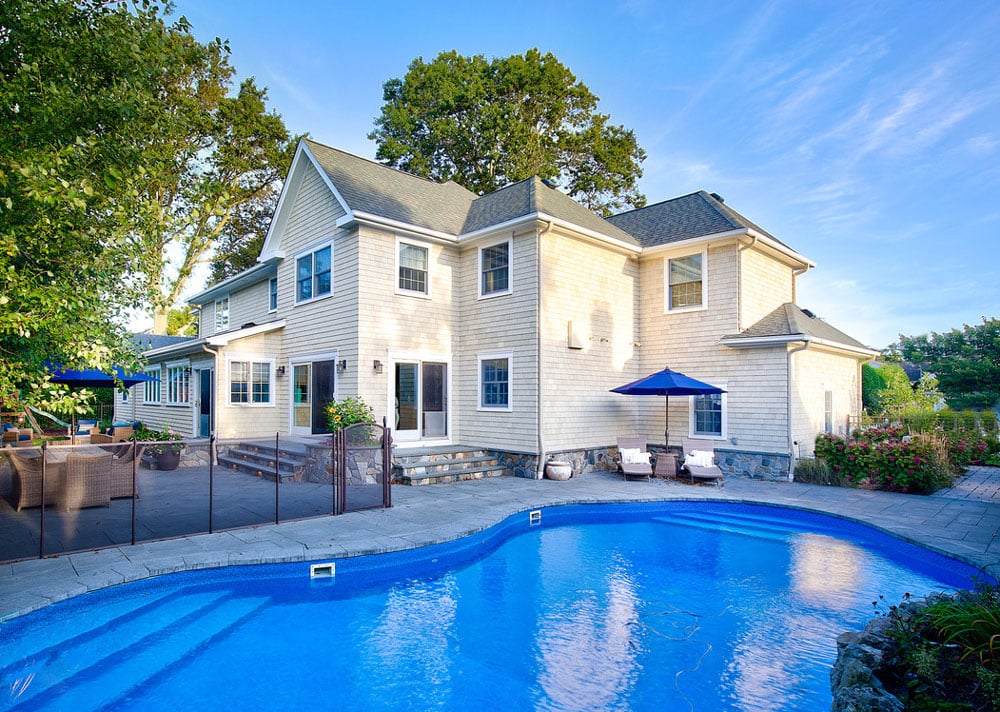
Luxury home remodeling trends continue to evolve in 2025, with sustainability and technology leading the way. Smart home integration is no longer optional but expected in high-end renovations.
Personalized spaces reflect your unique lifestyle while enhancing both comfort and functionality. Outdoor living areas have become essential extensions of indoor spaces, blurring the boundaries between nature and home.
Materials matter more than ever. Sustainable options like bamboo flooring and recycled glass countertops offer both eco-friendliness and elegance without compromise.
Wellness features such as home spas, meditation rooms, and air purification systems show that health-conscious design is here to stay. Your home should be both beautiful and beneficial to your wellbeing.
Budget considerations remain important. While luxury remodels require investment, strategic planning helps you prioritize elements that deliver the most value and satisfaction.
Working with experienced professionals ensures your vision becomes reality. Designers and contractors who specialize in luxury projects bring crucial expertise to your remodeling journey.
As you plan your next home renovation, consider these luxury home remodeling trends as a foundation rather than rigid rules. The most successful luxury remodels reflect your personal style while incorporating timeless elements that will serve you well for years to come.
Frequently Asked Questions
Luxury home renovations in 2025 embrace cutting-edge technologies, sustainable practices, and innovative designs. Homeowners are investing in premium materials and smart integrations that enhance comfort while maintaining aesthetic appeal.
What are the emerging high-end materials and finishes in home remodeling for 2025?
Engineered quartz with embedded technology sensors is gaining popularity in kitchen countertops. These surfaces detect temperature changes and can connect with smart appliances.
Recycled glass terrazzo with bioluminescent elements is appearing in luxury flooring options. This material provides subtle ambient lighting while maintaining durability.
Handcrafted ceramic tiles from artisan collectives are replacing mass-produced options. These unique pieces feature intricate patterns and textures that add character to spaces.
Acoustic wall panels made from sustainable bamboo fibers offer both sound-dampening qualities and visual interest. These panels come in customizable designs that complement interior color schemes.
How is smart home technology being integrated into luxury home design this year?
Voice-activated whole-home systems now coordinate lighting, climate, security, and entertainment seamlessly. You can customize settings for different times of day or specific activities.
Biometric access systems using fingerprint and facial recognition are replacing traditional locks and keys. These systems offer convenience while maintaining high security standards.
Hidden technology installations preserve aesthetic appeal while providing functionality. Motorized art panels can conceal televisions when not in use, and charging stations are embedded within furniture.
AI-powered home assistants learn your preferences and adjust settings automatically. They can predict your needs based on patterns and make adjustments before you even ask.
What are the leading sustainable and eco-friendly practices in luxury home renovations for 2025?
Gray water recycling systems are being incorporated into home designs to reuse water from sinks and showers. This reduces water consumption while maintaining luxury performance.
Solar roof tiles with increased efficiency have replaced traditional panels in high-end homes. These integrate seamlessly with architectural designs while generating significant power.
Passive cooling designs minimize the need for artificial climate control. Strategic window placement, thermal mass materials, and natural ventilation reduce energy consumption.
Living walls and rooftop gardens provide insulation while improving air quality. These installations often include automated irrigation systems and native plant varieties.
What architectural styles are at the forefront of luxury home design in 2025?
Biophilic modernism blends minimalist lines with organic elements and abundant natural light. This style emphasizes connection to nature through materials and design choices.
Neo-Mediterranean revival incorporates traditional elements with contemporary functionality. Curved archways, textured walls, and earthy color palettes create warm, inviting spaces.
Japandi fusion continues to influence luxury design with its balance of Scandinavian functionality and Japanese simplicity. Clean lines and natural materials create serene environments.
Vertical expansion designs maximize space in urban settings by creating multi-level living areas. These designs often feature interior atriums and dramatic staircases as focal points.
What are the cutting-edge kitchen and bathroom features and layouts in luxury homes?
Modular kitchen islands with interchangeable components adapt to different needs. You can reconfigure surfaces for cooking, dining, or entertaining with minimal effort.
Wellness-focused bathroom designs include chromotherapy lighting and hydrotherapy tubs. Digital controls allow you to personalize water temperature, pressure, and lighting effects.
Culinary stations dedicated to specific cooking styles are replacing traditional kitchen layouts. Separate areas for baking, grilling, and prep work enhance functionality.
Smart mirrors with integrated displays provide information while you prepare for the day. Weather updates, calendar reminders, and video communications appear without disrupting reflective functionality.
How have preferences in outdoor living spaces evolved in the context of high-end remodels?
All-season outdoor rooms with retractable walls and climate control systems blur indoor-outdoor boundaries. These spaces feature weatherproof furnishings and entertainment systems.
Outdoor kitchens now include restaurant-grade appliances and specialized cooking areas. Wood-fired ovens, smokers, and high-BTU burners accommodate diverse culinary preferences.
Water features with programmable lighting and sound create immersive sensory experiences. Digital controls allow you to adjust ambiance based on time of day or specific events.
Multi-level landscaping with distinct activity zones maximizes usable space. Elevated gardens, sunken conversation pits, and private meditation areas create visual interest and functionality.


